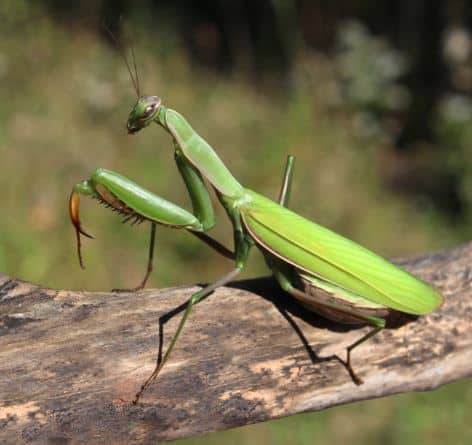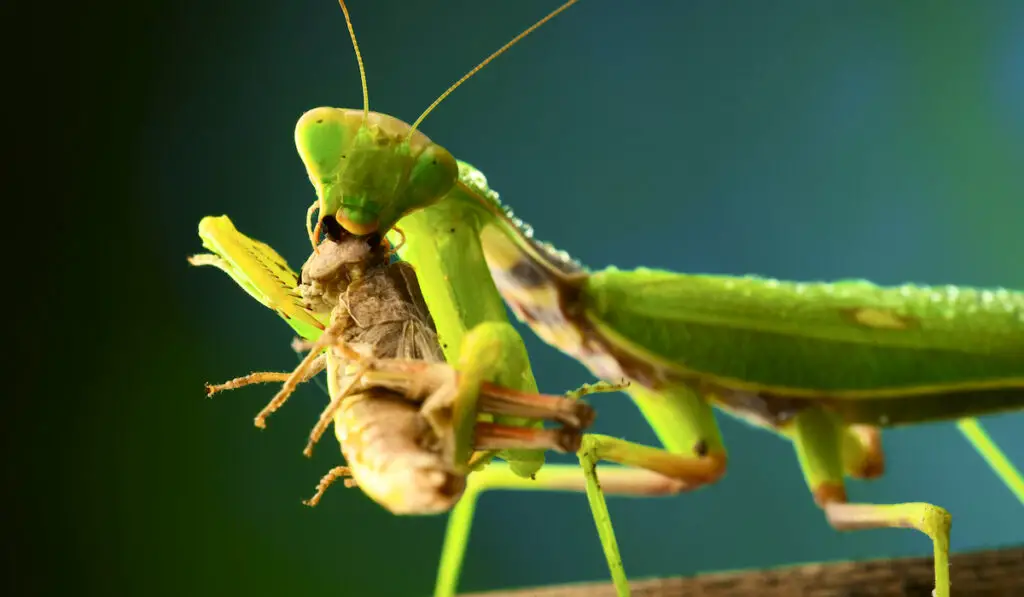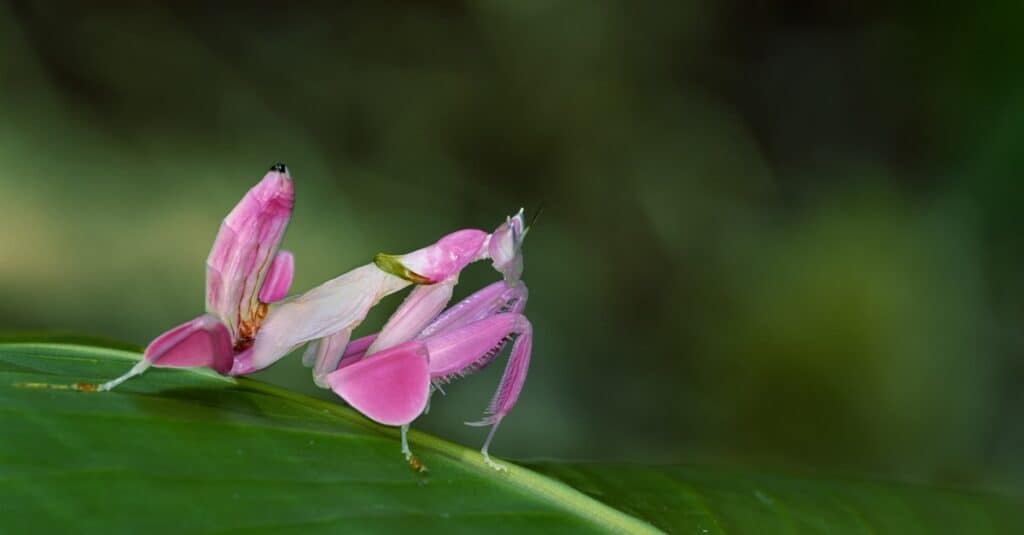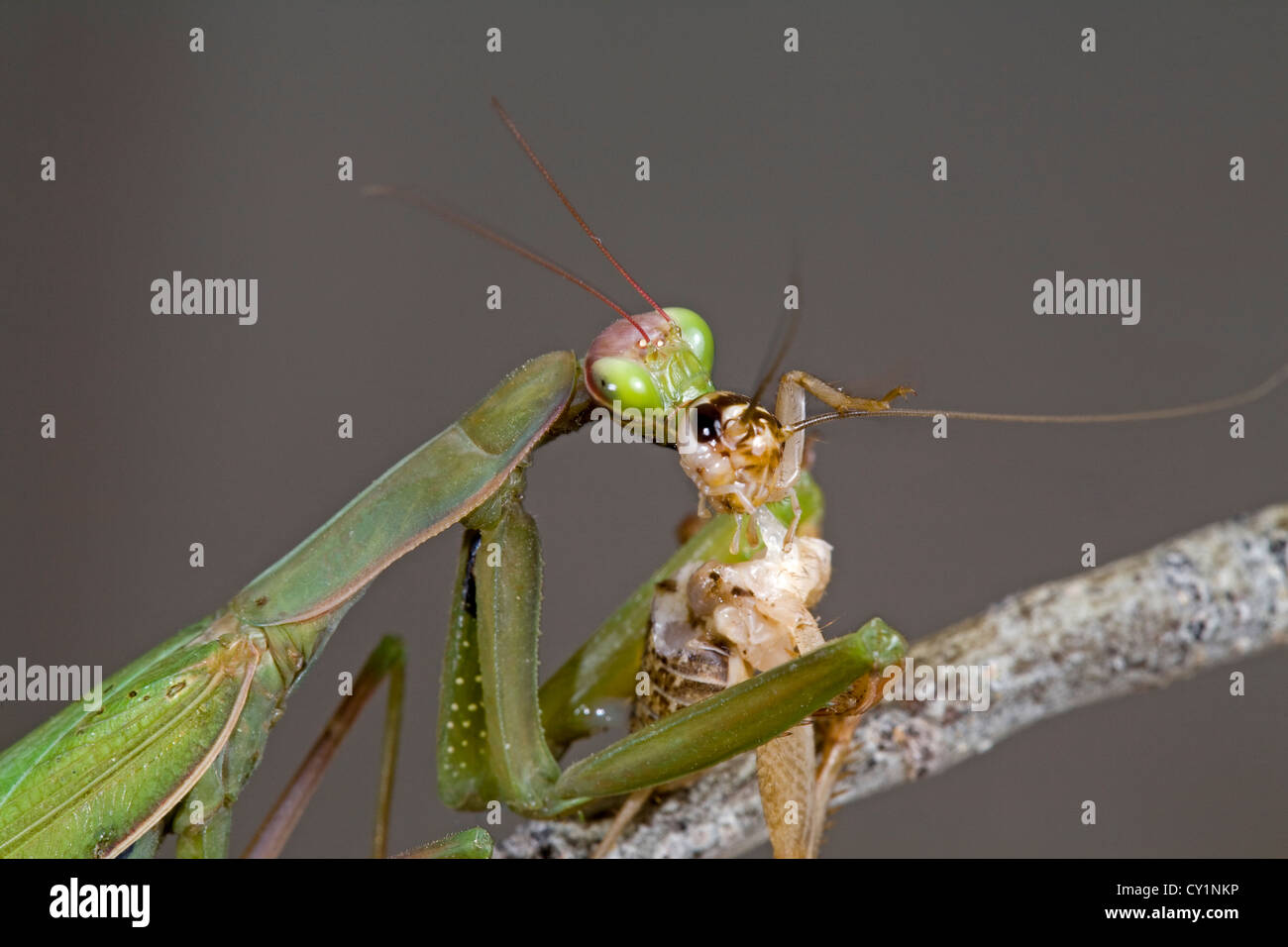How to Grow Food in Your Backyard Biology Diagrams Praying mantis do well if supplied with as much food as they can eat, but they predominantly feed on crickets, grasshoppers, spiders, monarch butterflies, beetles, and occasionally other praying mantises. In summary, praying mantises are carnivorous insects that primarily eat other insects.

The common praying mantis generally hangs out in the backyard, frolicing through the grasses and in various trees and bushes. The praying mantis lives most places where there is a garden or healthy greenery and foliage. Did you know that praying mantises are much like chameleons, the habitat of the praying mantis will affect their colour.

What Do They Eat and How? Biology Diagrams
Praying mantis: This garden insect is carnivorous and feeds on other insects, lizards, frogs, and even small birds. It is an ambush predator.

The food needs of praying mantises vary based on factors like species, development stage, size, and health. Adult male mantises typically require less food than females. Notable food sources include Dubia roaches, which are high in protein, along with fruit flies and superworms. Occasionally, they may eat arachnids or small vertebrates like mice, frogs, or even fish.

Are Insects The Only Food That Mantises Can Consume? Biology Diagrams
Human intervention in providing Praying Mantis food successfully includes ensuring sufficient food and slight hydration. While water isn't a primal need for mantises, a small bowl of water becomes necessary in a heated cage, which provides favorable humidity. An alternative to a water bowl is misting the cage once a day.
